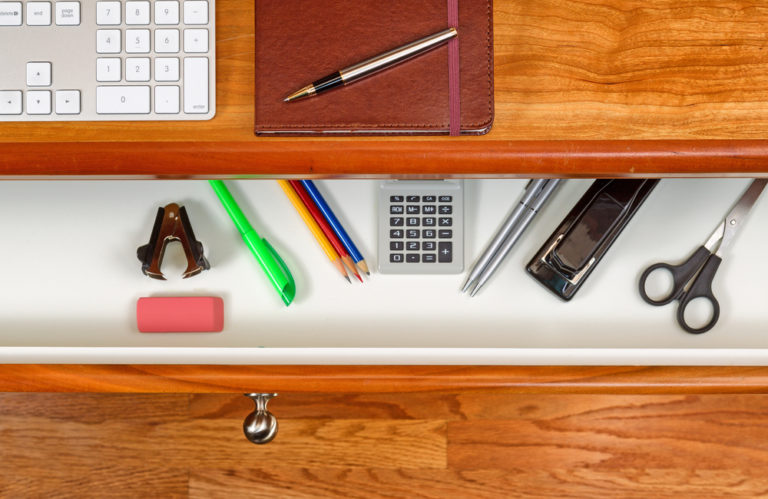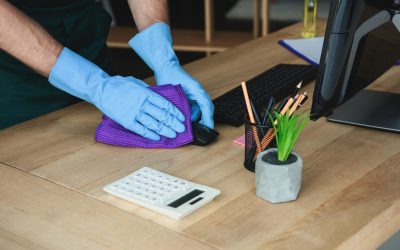It’s not just us working from home, but also our children who required remote learning! Make sure they are set up just as well as you are to ensure they remain productive. It will be difficult to be cleaning up after them every hour whilst you also work from home, so read our tips below to make it easier for you and your child.
A Virtual Learning Space
To organise remote learning for your child, start with the creation of a virtual learning space. Your child needs to be seated in a separate room – either their own room or, if they don’t have one, your bedroom for example. It may be any space in which you can fit a desk and a comfortable chair. Start setting up a space for distance learning with your choice of desk. Your child’s spine is still in the process of forming so it is a must – it ensures good posture and comfort while learning.
Make sure that there are some drawers for writing accessories or at least a filing cabinet – I bet you don’t have any time left to clean up the working surface! The desk itself won’t ensure good posture that’s why a chair with a height adjustment feature is of equal importance.
Check out our desks and ergonomic chairs at Staples UK!

Home Learning Space Essentials
Fortunately, the checklist of home learning space essentials is not that different from the stationery you buy every year before the children return to school after their holidays. Just take a look at your child’s pencil case and stock up on pens, pencils, notebooks, highlighters and sticky notes. If you create a cosy learning space, it will be easier for your child to accept the separation from their school friends. In order to keep the desk equipment organised, there are some desk organisation solutions, such as pencil pots, letter trays or accessories trays, which may be placed inside drawers, and yet still be at hand.
Stock up on writing supplies for your children now!
Hear and Be Heard
Your child’s teacher will be extremely grateful to see and hear your child. Setting up a learning space at home can’t be accomplished without a camera, for example, one with a built-in microphone is handy, as your child won’t have to learn how to use two separate devices. Ask your child to always have their camera on during classes, and to listen to the teacher’s instructions concerning the microphone. Make sure your child doesn’t get distracted any time they are in a virtual class so they are able to focus and concentrate in their new learning environment!

Creating a Workspace at Home for Students
Whether you have to help your primary school pupil or a university student, you still need to remember a few things. If we consider the creation of a workspace at home for students, the checklist won’t differ much from the ideas mentioned above.
Students will require less attention and help from you. Yet, they will surely need more control over distracting factors, most of the time this means social media. Teachers use email to share some worksheets, which may be a trigger to stay online for longer – to check your email or messages from friends, post a photo or read the latest gossip. The solution to this is simple – download an app that blocks social media sites or, if you are working remotely too, make sure the workspace of your child is easily accessible to you.
Breathe, Move and Relax
Setting up a learning space at home may be easier now after having read all the tips. However, we should not forget about things beyond stationery and devices necessary for virtual learning. Both working and learning aren’t effective without some breaks. Your child would probably be delighted to relax by surfing the web, but this activity may have an adverse effect on their development.

Talk to your child about the importance of breaks (not only in the case of virtual learning!) while using electronic devices or simply learning. The break may be five-minutes long but it should be out of the range of a computer. Encourage your child to do some light exercise, read a book or walk the dog. Breathing fresh air is especially important at a time where we are having to wear masks most of the time. More fresh air, more oxygen in the blood, more energy and the ability to concentrate. Ventilate the room after each lesson.
Appreciate your child’s efforts. Prepare a nutritious breakfast for yourself and them. Keep them hydrated. Do the child’s homework with them. Support your child as much as you can.
For anything you need to help your child study from home, we’ve got you covered at Staples UK.







